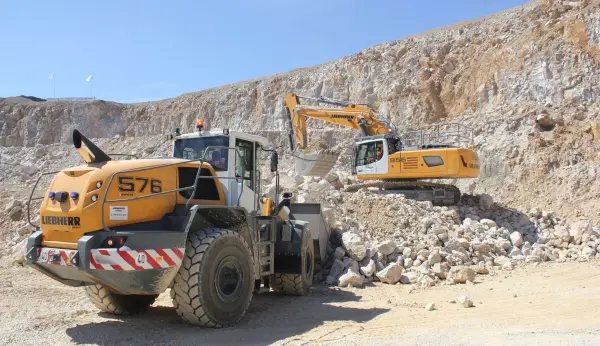Coal mine helping rare meadow flowers to bloom

Green-fingered mining staff at Potland Burn, UK Coal’s largest producing surface mine, are helping to safeguard the future of a rare grassland habitat in Northumberland.
The 243ha mine site is neighbour to some of the county’s most threatened plant, herb and flower species, making it an area of ecological importance, and UK Coal’s land-rehabilitation staff are harvesting seeds to enhance this important plant and wildlife habitat.
In a temporary seed production area, diverse flora such as Burnet-saxifrage, dyer’s greenweed, bitter vetch and devil’s-bit scabious are being grown to create new colonies as part of a long-term project to restore land where more than 2 million tonnes of coal are being mined.
‘We are passionate about the work we are doing, which will ensure the protection of some of the UK’s most threatened species and create new meadowlands,’ said UK Coal’s assistant land-rehabilitation manager, Ian Dixon. ‘By increasing the diversity of our countryside, UK Coal are supporting endangered wildlife and providing a rich environment that will benefit generations to come.’
The restored landform, covering around 31ha, will approximately double the size of the area of ecological interest.
UK Coal’s land-rehabilitation manager, Trevor Hind, added: ‘The diversity of the species growing there developed due to the influence of soil activity following land settlement that was the legacy of pillar and stall and longwall mining.
‘Though labour-intensive, growing-on of hand-gathered seeds and cutting green hay from the area of ecological importance and using that to spread on to the restored area is an effective way of re-colonizing hay meadows.
‘It will be an outstanding example of how surface mining can provide an area of significant and natural beauty, instead of being considered an unnecessary blot on the landscape.’


